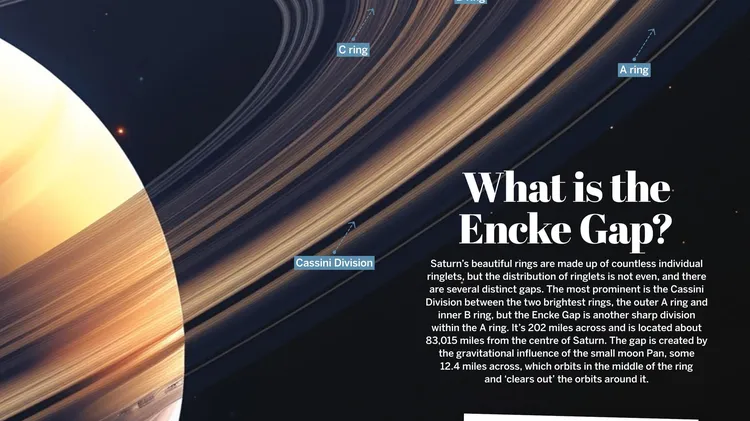At 60 years old, doctor who, the bbc show following the adventures of the regenerating time lord, continues to be highly enjoyable fiction. but it’s sciencefiction. the doctor’s primary tool is a sonic screwdriver, not a magic wand. the gallifreyan takes science seriously. and so should we…
10 min read
This article is from...
Read this article and 8000+ more magazines and newspapers on Readly






